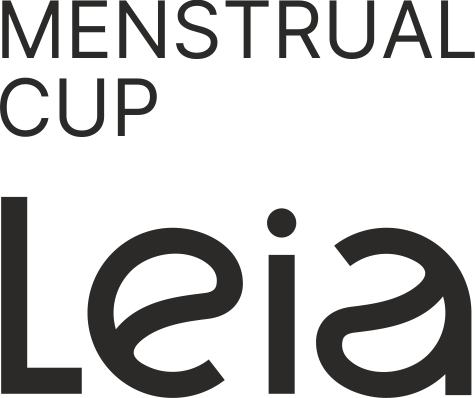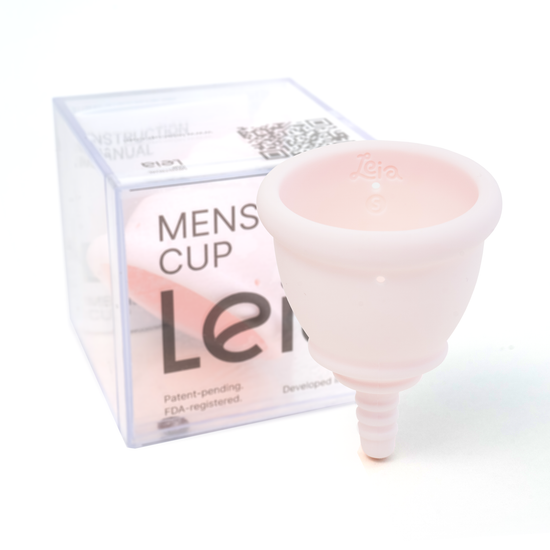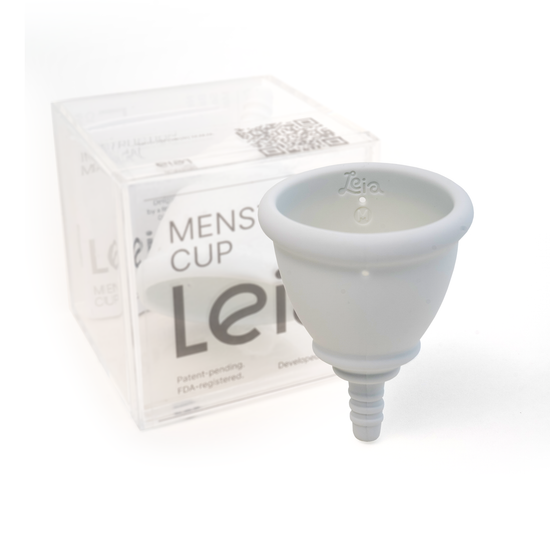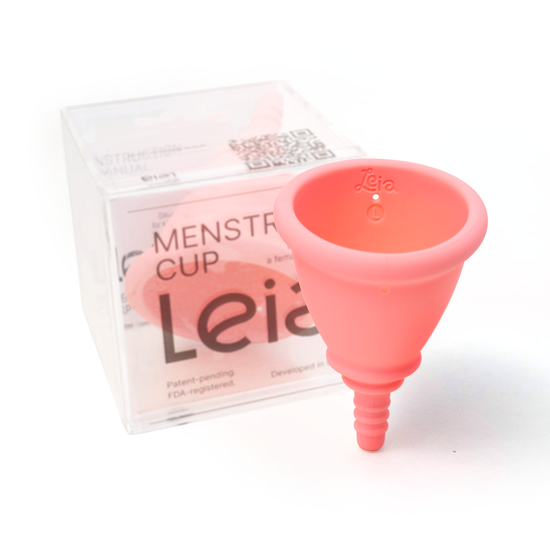Pioneering Breast Implants: A Revolutionary Invention
In 1961, plastic surgeons Thomas Cronin and Frank Gerow introduced breast implants to aid post-mastectomy patients, inadvertently reshaping plastic surgery and the broader medical landscape. Initially designed to serve a specific need, these implants later sparked significant developments.
FDA Regulations in 1992: A Turning Point
By 1992, the FDA implemented stringent measures, restricting silicone gel-filled breast implants due to safety concerns. A moratorium was imposed, requiring manufacturers to conduct comprehensive studies and submit detailed reports. This decision led to the initiation of the Mentor Adjunct Study, involving 150,000 participants from 1996 to 2006.
Evolution of Studies: Core Study Validates Long-Term Safety
Commencing in September 2000, the Core Study demonstrated the long-term effectiveness and safety of breast implants. Despite the initial high cost, the study, spanning a decade post-surgery, contributed to the FDA's eventual approval of silicone breast implants.
Extensive Safety Research: Government-Supported Studies
Government-supported studies, notably one conducted by the US government, found no evidence linking silicone breast implants to health threats. This supported prior validations, such as the Institute of Medicine's (IOM) affirmation in 1997, involving experts from various medical disciplines.
Expanding Applications: Silicone in Various Medical Fields
Beyond breast augmentation, silicone found applications in burns treatment, obstetrics and gynecology, surgery, and cosmetic procedures. Its versatility led to a separate classification known as medical-grade silicone.
Certified for Safety: Medical-Grade Silicone
Medical-grade silicone undergoes rigorous biocompatibility research, ensuring its suitability for medical purposes. Certification according to FDA standards affirms its safety and high quality, solidifying its role in diverse medical applications.
This journey from breast implants to medical-grade silicone underscores the material's evolution, dispelling concerns through thorough research and regulatory standards.
Where is such silicone used?
- Tool cases
- Various tubes, such as drains, intravenous tubes, etc.
- Catheters, shunts, heart valves
- Dressings for wound treatment
- Implants for short and long-term use
- Hydrogel contact lenses
- Liquid silicone, for example, used in the treatment of various stomas
- Pessaries, and of course, menstrual cups




